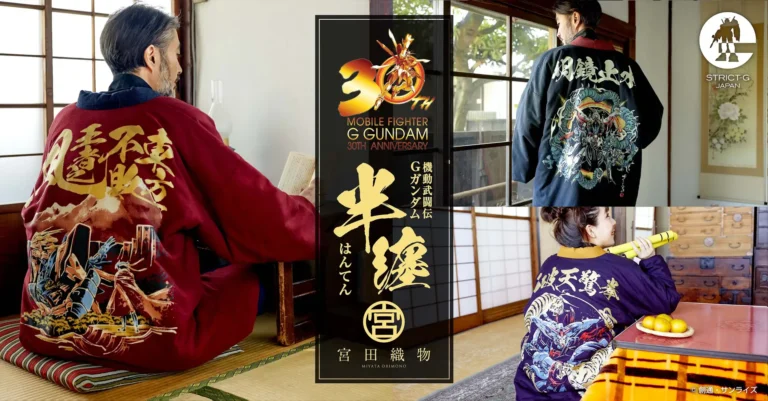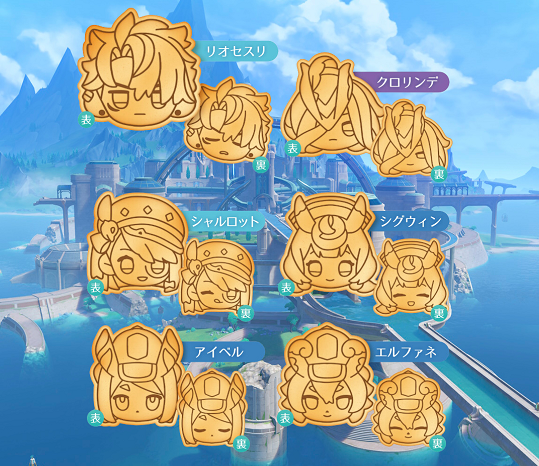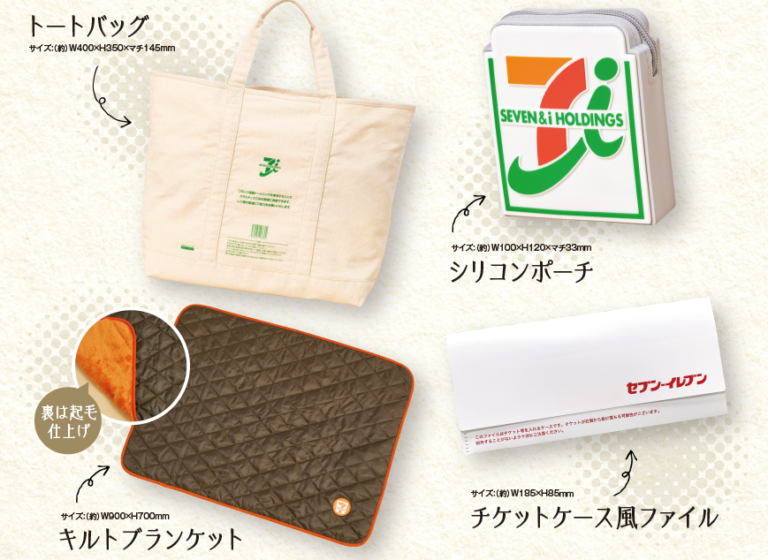Kagoshima
Where is Kagoshima?
Kagoshima Prefecture is located at the southwestern tip of Kyushu Island, Japan’s southernmost main island. It stretches from the Yuzuki Peninsula in the north, reaching south to include the Amami Islands, a subtropical chain extending towards Okinawa. Kagoshima City, the prefectural capital, sits on the Satsuma Peninsula, overlooking Kinko Bay. Sakurajima, an active volcano, dominates the bay and is a symbolic landmark of the region. The prefecture enjoys a warm, subtropical climate. Transportation within Kagoshima includes a network of trains, buses, and ferries connecting the mainland to outlying islands. Kagoshima Airport (KOJ) serves as the primary air gateway. Historically, Kagoshima was the domain of the powerful Satsuma clan and played a significant role in the Meiji Restoration. The prefecture is known for its unique culture, natural onsen (hot springs), and specialities like shochu (a distilled spirit) and kurobuta pork.
What is Kagoshima known for?
Kagoshima Prefecture, located at the southwestern tip of Kyushu, Japan, has a rich history shaped by its volcanic landscape and strategic location. Originally inhabited by the Hayato people, the area became part of the ancient Satsuma Domain, ruled by the powerful Shimazu clan. The Shimazu fostered trade with the Ryukyu Kingdom (modern Okinawa) and played a key role in Japan’s interactions with the West, including the introduction of firearms in the 16th century. Kagoshima was instrumental in the Meiji Restoration, the movement that overthrew the shogunate and restored imperial rule in 1868. Saigo Takamori, a prominent samurai leader from Satsuma, became a national hero. The prefecture suffered heavy bombing during World War II. Today, Kagoshima is known for its active volcano, Sakurajima, which frequently emits ash. The prefecture also boasts diverse agriculture, producing sweet potatoes, green tea, and black pigs. Shochu, a distilled spirit, is a local specialty. Tourists can enjoy onsen (hot springs), stunning natural landscapes, and historical sites related to the Satsuma samurai.
Where should I visit in Kagoshima?
Kagoshima Prefecture, located on the southernmost tip of Kyushu Island, Japan, offers a variety of experiences for travelers. **Nature & Outdoors:** * **Sakurajima Volcano:** An active volcano offering stunning views and opportunities for hiking on lava trails. Ferry services run regularly from Kagoshima City. Be aware of volcanic ash, which can sometimes be heavy. * **Yakushima Island:** A UNESCO World Heritage Site famed for its ancient cedar forests, including the J?mon Sugi, a tree estimated to be between 2,170 and 7,200 years old. Hiking is popular here. * **Kirishima-Yaku National Park:** Features volcanic hot springs (onsen), hiking trails, and diverse flora and fauna across both mountainous areas and coastline. * **Amami ?shima Island:** Another UNESCO World Heritage Site known for its unique ecosystem, including mangrove forests and coral reefs. Snorkeling and diving are popular activities. * **Ibusuki Sand Baths:** A unique experience where you are buried in naturally heated sand on the beach. Known for its therapeutic effects. **Culture & History:** * **Sengan-en Garden:** A beautiful traditional Japanese garden in Kagoshima City with stunning views of Sakurajima. The adjacent Shoko Shuseikan Museum provides insight into the Satsuma clan’s history. * **Kagoshima City Aquarium:** Showcases the diverse marine life of the region, including the rare and fascinating giant manta ray. * **Chiran Peace Museum for Kamikaze Pilots:** A sobering museum dedicated to the kamikaze pilots of World War II, featuring letters and personal belongings. * **Museum of the Meiji Restoration:** Details Kagoshima’s pivotal role in the Meiji Restoration, the period that marked Japan’s modernization. **Food & Drink:** * **Satsuma-age:** Deep-fried fish cakes, a local specialty. * **Shochu:** A distilled spirit made from sweet potatoes, rice, or barley, widely produced in Kagoshima. * **Kurobuta Pork:** Known as “black pig,” this premium pork is prized for its flavor and marbling. **Getting Around:** * Public transport within Kagoshima City is good, with trams, buses and trains. * Ferries connect the mainland to the surrounding islands. * Renting a car can be a good option for exploring more remote areas. **Tips for Planning:** * Kagoshima has a subtropical climate; be prepared for hot and humid summers. * Learn some basic Japanese phrases, while English signage is increasing, it isn’t always prevalent. * Research ferry schedules and book accommodations in advance, particularly during peak season. This list provides a starting point for planning your trip to Kagoshima. Further research based on your specific interests is recommended.
When is the best time to visit Kagoshima?
The best time to visit Kagoshima Prefecture depends on your priorities. For pleasant weather and outdoor activities like hiking Sakurajima volcano or exploring Yakushima’s ancient forests, spring (March-May) and autumn (September-November) are ideal. Spring offers cherry blossoms and mild temperatures, while autumn boasts colorful foliage and comfortable humidity. Summer (June-August) is hot and humid, suitable for swimming and water sports but also typhoon season. If you don’t mind cooler temperatures and potential rain, winter (December-February) offers unique experiences like onsen (hot springs) and observing the migratory cranes in Izumi. Kagoshima enjoys a subtropical climate, so even winters are relatively mild compared to other parts of Japan. However, some mountain areas experience snowfall. Be sure to research specific locations within the prefecture for more accurate climate information relevant to your planned activities.
All Events in Kagoshima
Kagoshima Illuminage
Tours and Activities in Kagoshima
None found.
Where should I stay in Kagoshima?
Kagoshima Prefecture, located on the southern tip of Kyushu island, Japan, offers diverse accommodation options depending on your interests and budget. For those exploring Sakurajima volcano, staying in Kagoshima City provides easy access via ferry. The city also offers convenient transport links to other parts of the prefecture. If onsen (hot springs) are your priority, consider the towns of Ibusuki and Kirishima, known for their sand baths and stunning mountain scenery respectively. Budget travelers can find comfortable stays at the UN Hostel in Kagoshima City, offering dorm beds and private rooms at affordable rates. For a more luxurious experience, consider the Ibusuki Hakusuikan, a grand resort famous for its Satsuma Denshokan museum and spectacular views of Kagoshima Bay. If you prefer a more secluded retreat, the Kirishima Kokusai Hotel nestled in the Kirishima mountains offers a peaceful escape with onsen and hiking opportunities. Ultimately, the best place to stay depends on your individual travel plans. Researching specific locations within the prefecture will help you find the perfect base for your Kagoshima adventure.
How do I get to Kagoshima?
Kagoshima Prefecture, located on the southernmost tip of Kyushu Island, Japan, is accessible by various means. The most convenient method is flying into Kagoshima Airport (KOJ), served by domestic airlines from major Japanese cities like Tokyo, Osaka, and Fukuoka. International flights are limited, so connecting through a major hub is usually required. The Shinkansen (bullet train) offers another fast option, connecting Kagoshima-Chuo Station to other major cities on Kyushu and Honshu islands. For a more scenic route, consider taking a ferry. Ferries operate from various ports, including Osaka, Kobe, and Okinawa, offering overnight and daytime crossings. Within Kagoshima Prefecture, a local train network and buses connect cities, towns, and villages. Car rentals are available at the airport and major train stations, offering flexibility for exploring the more rural areas. Travel times vary depending on your chosen mode of transport, but planning ahead is essential for a smooth journey.







